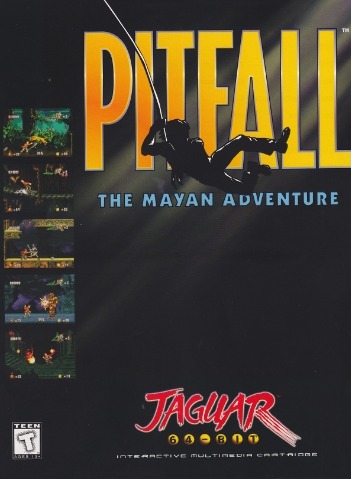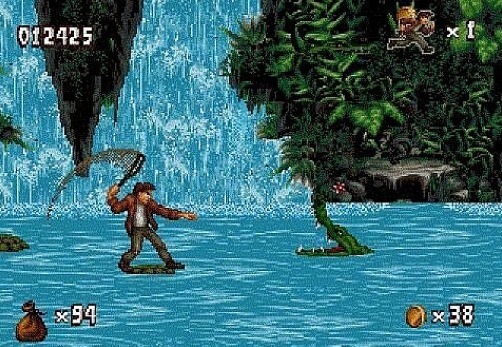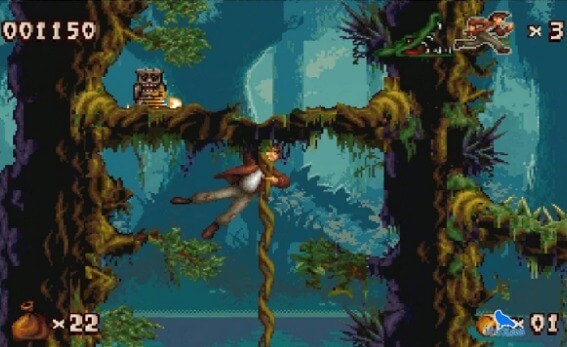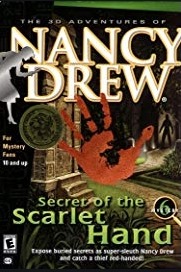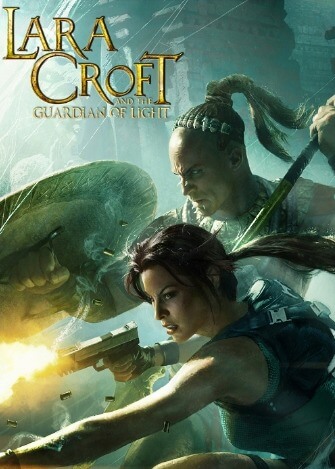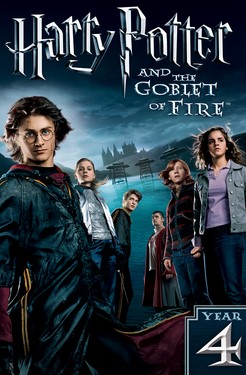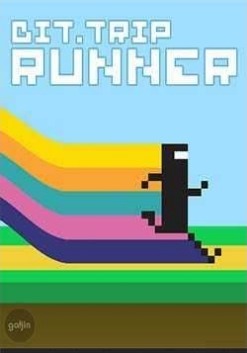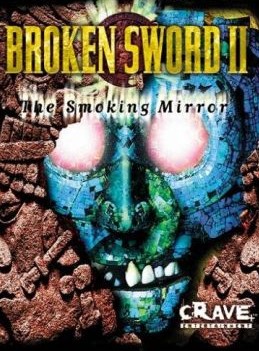Gameplay
Pitfall: The Mayan Adventure is a side-scrolling action-platform game similar to Disney's Aladdin and The Lion King where the player takes control of Pitfall Harry Junior across multiple stages of varying thematic set through the Mayan jungles of Central America to defeat the evil Mayan warrior spirit Zakelua, the main antagonist of the game and rescue his father from captivity as the main objective. Prior to starting a new playthrough, players have the choice to change various settings at the options screen such as controls and difficulty.
Most of the stages featured in the game, though linear in nature, are large and populated with multiple obstacles, enemies and environmental hazards, involving the player to traverse the stage by running, jumping, climbing, swinging, shooting or dodging enemies while other areas that are featured later become more maze-like and exploratory, making the player to take different routes to reach the end and on certain stages, a boss must be fought in order to progress further. All stages also contains beneficial items and weapon ammunition to be collected for Harry Junior, in addition of hidden letters that spell the word "Pitfall", among other secrets to be found. If Harry Jr. is killed, he respawns on the nearest checkpoint reached but once all lives are lost, the game is over, though players have the option of resuming progress by either using continues or loading their saved game into the last stage reached (depending on the version that is being played), which also keeps the number of lives and items collected through.
Controlling the characters is done with a directional pad, which moves the player character in four directions, as well as two attack buttons and a jump button. Harry Jr. can perform a variety of moves such as fighting enemies with his whip or shooting sling stones, boomerangs and explosives. Charging a sling stone for a determined time period allows Harry Jr. to perform a powerful shot against enemies. Harry Jr. can also crouch by pressing both down and the jump button, allowing him to traverse inclosed areas. Depending on the version, each action is assigned into their respective buttons.
Synopsis
Pitfall: The Mayan Adventure takes place after the events of Pitfall II: Lost Caverns, where Pitfall Harry had settled down on his days as an adventurer in order to raise his son, Harry Junior, but became a legend among people due to his feats. Inheriting his father's love for exploration, Harry Jr. grew up to become an adventurer and took upon many quests on his own, prompting Pitfall Harry to miss his old adventure days. Both Harry and Harry Jr. embarked on a journey towards the jungles of Central America to find lost Mayan treasures. After various days, both Harry and Harry Jr. have reached the center of the Mayan empire, hoping to uncover the treasure of Uaxactun. However as soon as Harry Jr. uncovers the relic, his father is captured by an evil Mayan warrior spirit named Zakelua, leading Harry Jr. to rescue his father from captivity.
Reception
Pitfall: The Mayan Adventure sold in excess of 1 million copies by June 1996.1
Reviewing the Genesis version, GamePro criticized the lag in the controls, elaborating that "the split-second lag time between his jump and your ability to control his movements again is the difference between a narrow escape and losing a life. The same problem occurs whenever he changes direction - he pauses, you can't control him, and Harry Jr. takes a hit." However, they praised the graphics, the intense action, the music, and the inclusion of the original Pitfall!, and gave the game an overall recommendation, particularly for hardcore platforming gamers.
GamePro gave the Sega CD version a positive review as well. They remarked that the new levels, full motion video sequences, and improved graphics all add to the game, which they noted has the same high challenge, realistic sound effects, and difficult controls as in previous versions. Mike Weigand of Electronic Gaming Monthly commented of the Sega CD version that "Huge levels, excellent animations and nice sound effects make this one an action/adventure winner." In contrast, a reviewer for Next Generation ridiculed the additions to the Sega CD version as unimportant. He concluded that "The game is not bad, just not great."
GamePro applauded the SNES version as having "some of the best character animations ever seen in an SNES game." They also praised the distinctive enemies, realistic sound effects, and entertaining challenge. Next Generation reviewed the SNES version of the game, and stated that "Run of the mill graphics and sound combined with gameplay that is, at best, tedious and uninspired, leave Pitfall interesting as a novelty, but not much else."
A Next Generation reviewer, while noting that the game is "a somewhat hit-and-miss side-scroller that has some cool features", judged the Windows port to be an "excellent" conversion which would satisfy gamers who wanted to play Pitfall: The Mayan Adventure but did not own a console system.
Reviewing the 32X version, the four reviewers of Electronic Gaming Monthly praised the large number of secrets but criticized the difficult controls and the lack of significant improvement from the Genesis version. GamePro dismissed the 32X version for this same reason, summarizing that "nothing has changed in this latest version of Pitfall." A critic for Next Generation concurred that the 32X version's improvements are too minor for the average player to even notice, and again opined that the game is "solid" but "average".
GamePro called the Jaguar version "a fun, colorful action adventure". However, they commented that it is identical to the Genesis and Super NES versions and inferior to the Sega CD version (due to the lack of the "densely layered" sound effects and orchestrated music), which they found disappointing given that the Jaguar is a more powerful system and at this point most people interested in the game would have already played it on another platform. A critic for Next Generation agreed the Jaguar version is essentially the same as previous releases of the game but gave it a more positive assessment than previous reviews in the magazine, concluding that it "maintains a feeling of quality game design from the very beginning, and is well worth checking out, especially if you're an old-school Pitfall fan."
Entertainment Weekly gave the SNES version a B+ and wrote that Pitfall: The Mayan Adventure was successful "mainly because the original Pitfall — a straightforward action game in which a stick-figure hero runs, jumps, and climbs up and down ladders — is far more adaptable to today's 16-bit technology. In fact, this version plays like Indiana Jones in fast-forward, as Pitfall Harry Jr. executes his derring-do amid lush jungle backgrounds, stirring music, and pumped-up sound effects."
Legacy
The Windows 95 port of Pitfall: The Mayan Adventure was showcased by Bill Gates at E3 1995 to promote the then-upcoming DirectX for his platform, despite the conversion being launched three months before the first incarnation of DirectX and Kinesoft did not used any tools from said technology.
